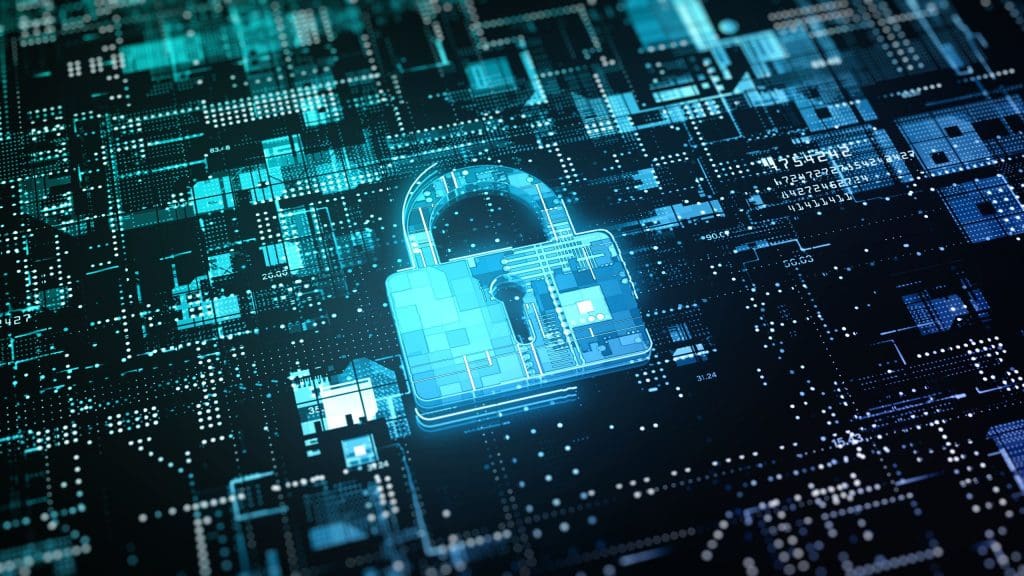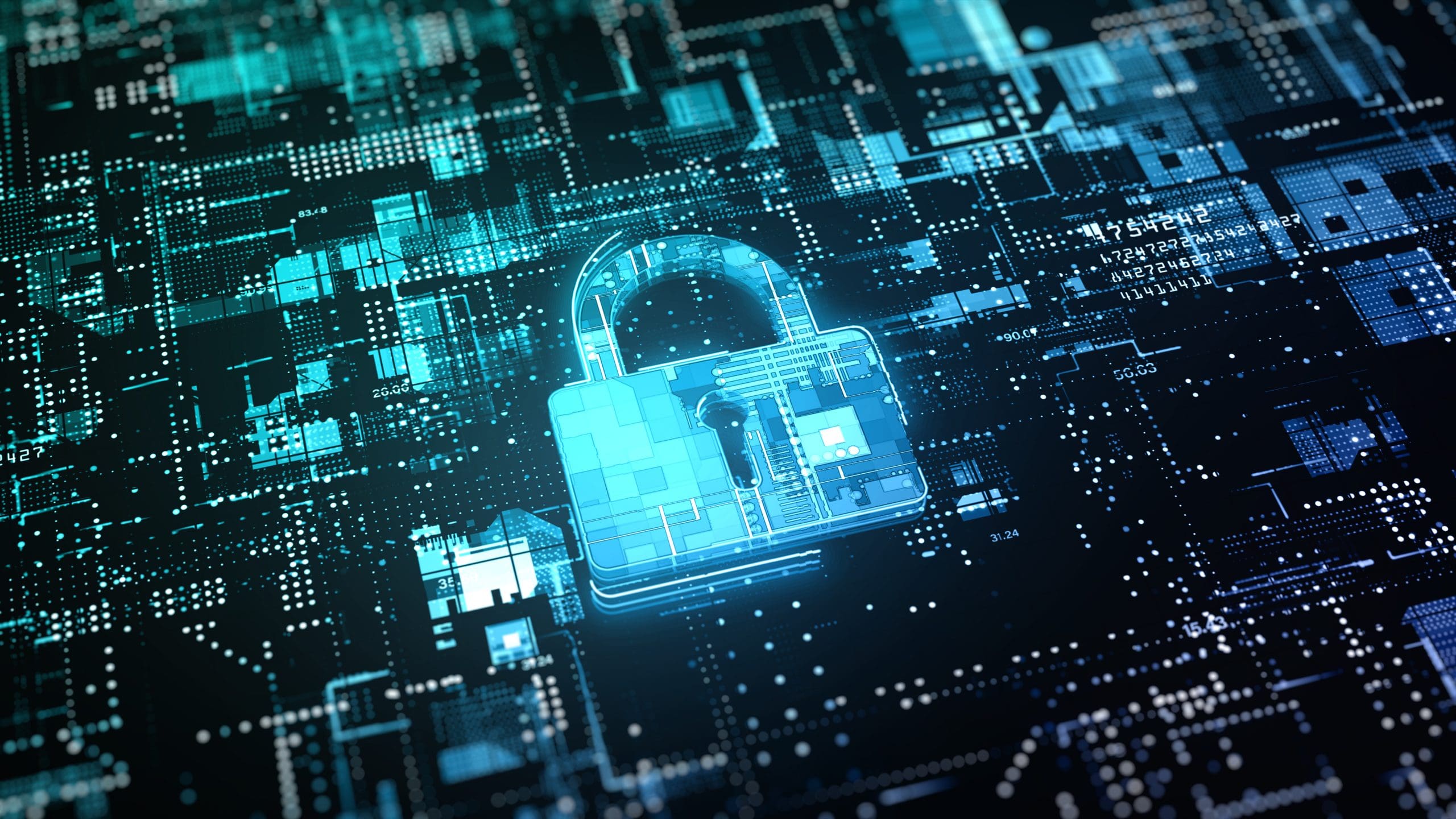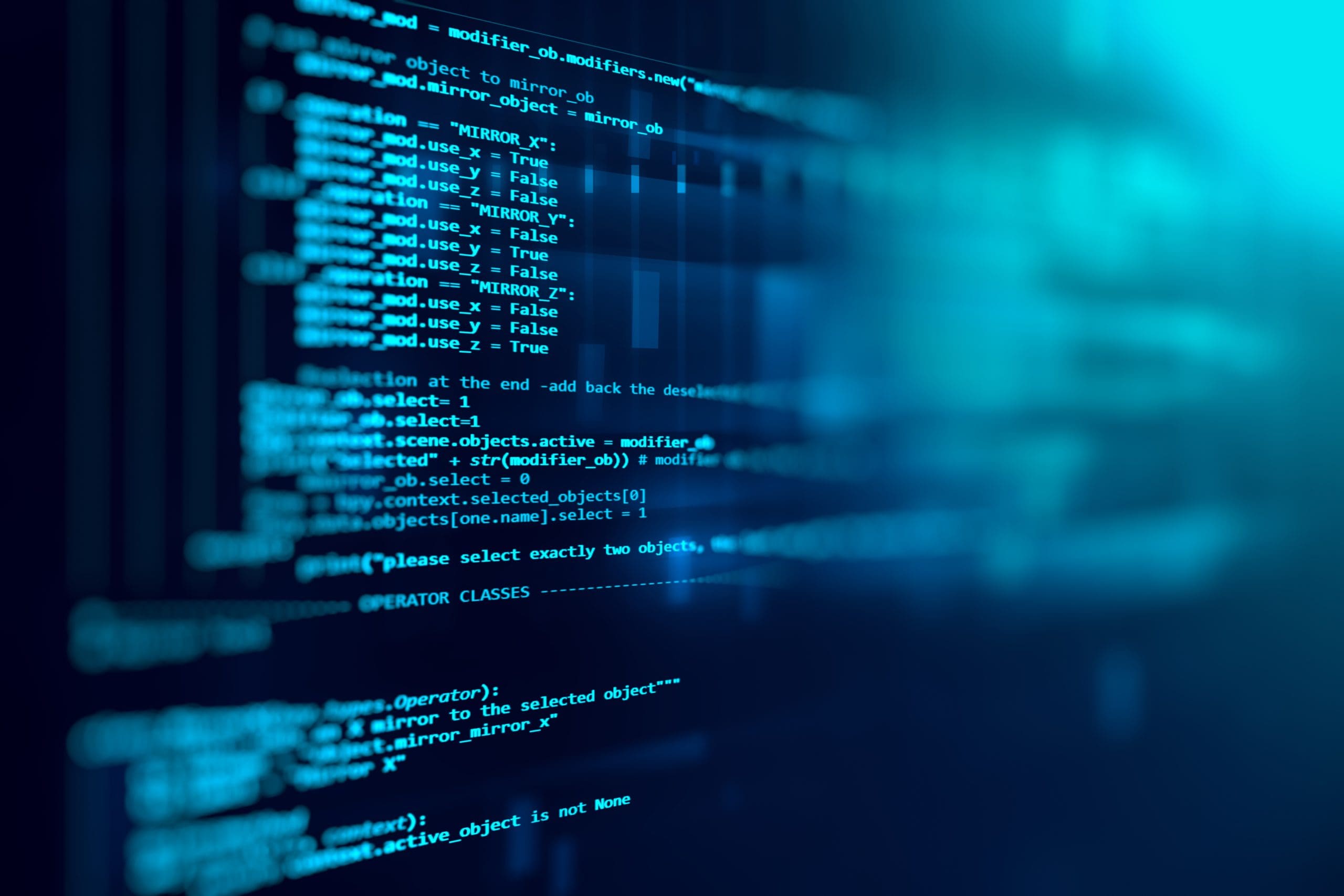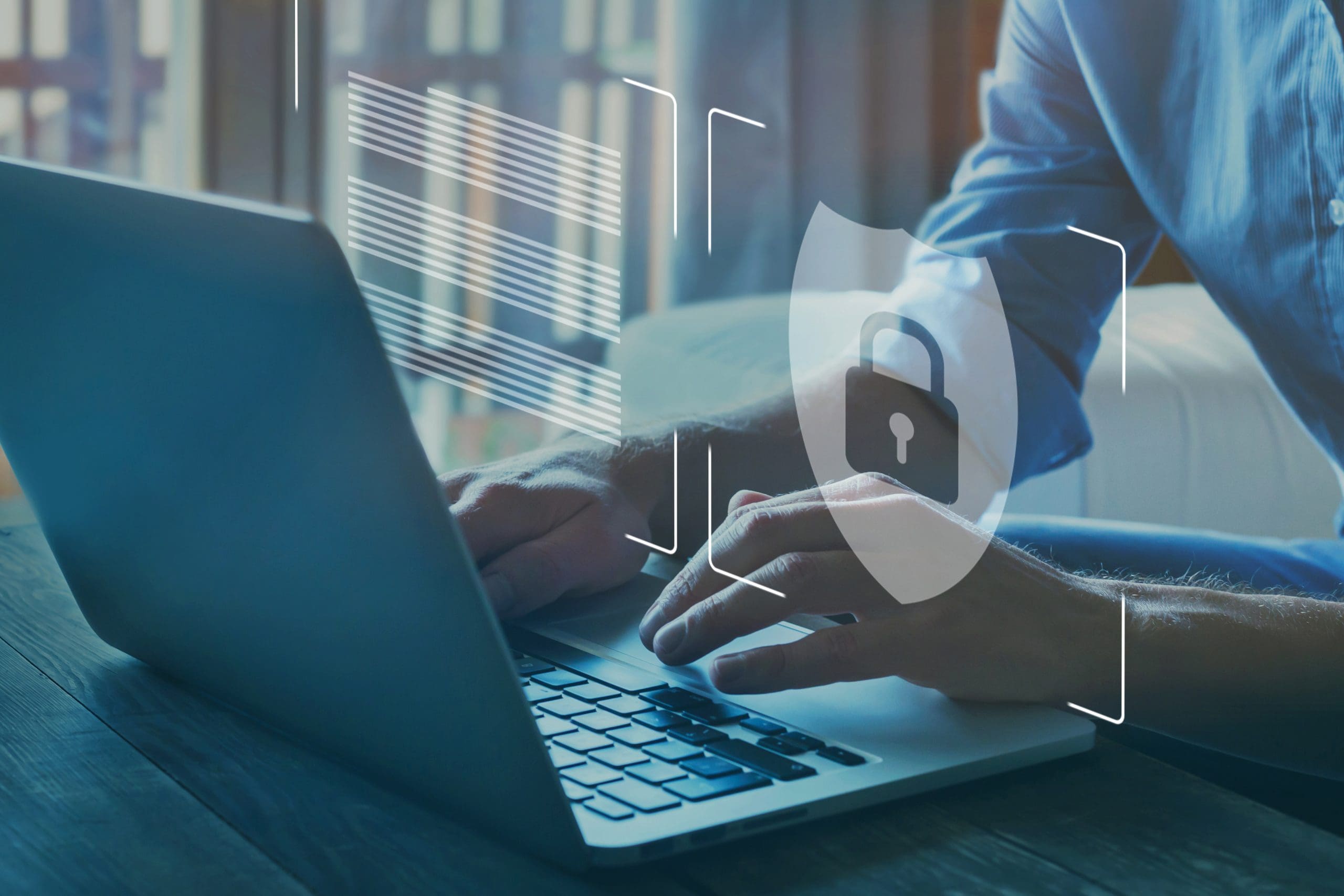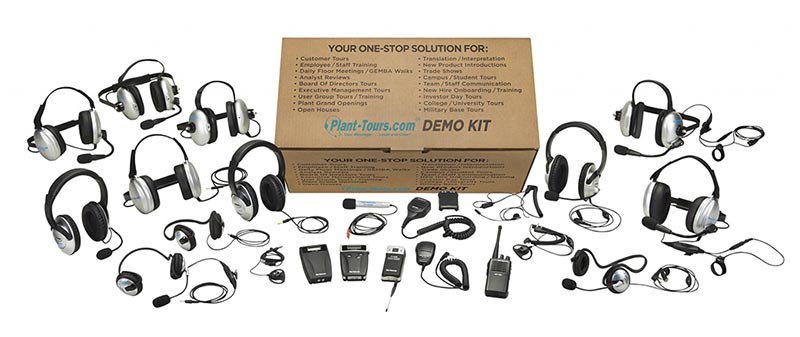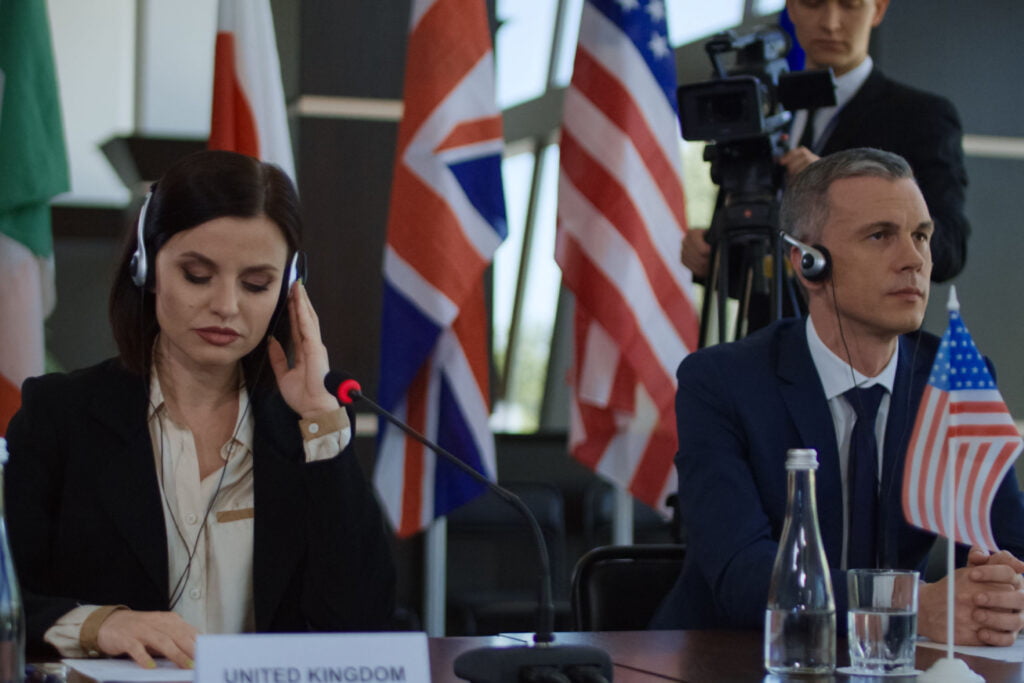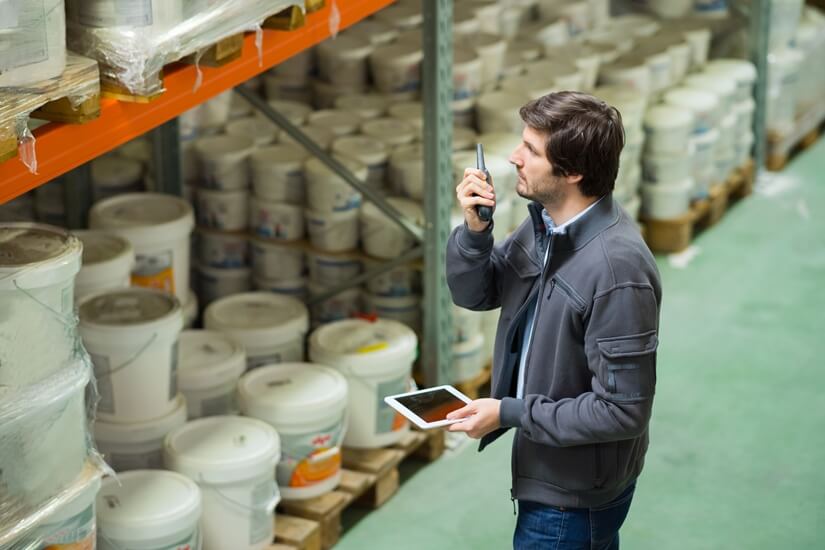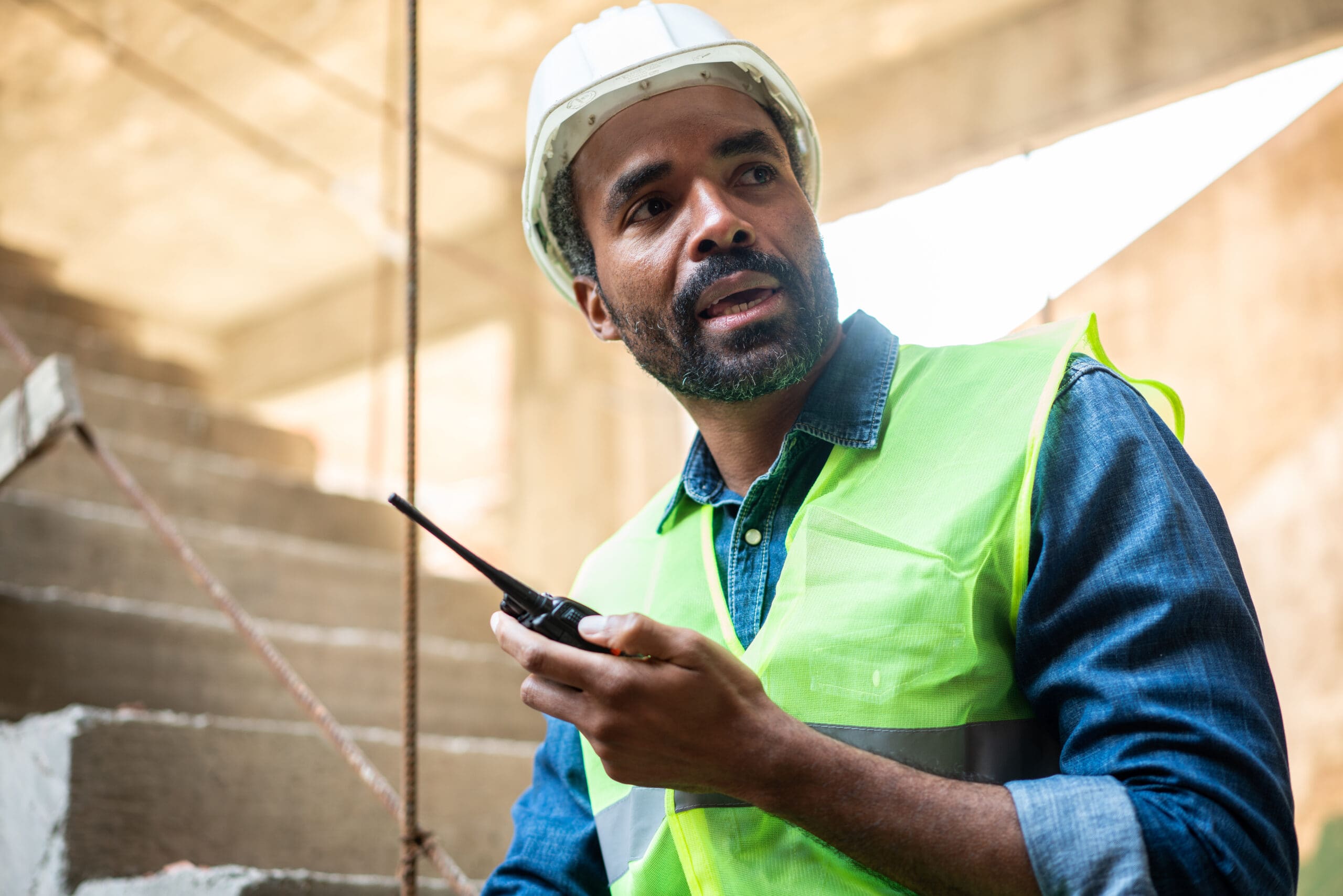Real-time radio communication is essential for the proper functioning of countless businesses and organizations worldwide. Millions of two-way radio users need their radio transmissions to be safe from interference and/or prying ears. This is where two-way radio encryption comes in, and we’ve compiled a breakdown of its basics below.
What is Encryption?
Essentially, encryption is the process of converting information and/or data into code (i.e., encoding). Encoding ensures secure communication by preventing unwanted and/or unauthorized access to your information, and it’s becoming more and more popular in our increasingly globalized and digital world. For instance, even everyday cell phone apps like Whatsapp offer digital encryption for their chat users to ensure privacy and safety.
Radio signals, meanwhile, are data that are heard, not read — but can be encrypted just the same. Police communications are perhaps the most popular example of radio encryption. Police departments around the world have been using two-way radios for nearly a century now — and almost all modern police radios are encrypted in some way.
How Encryption Works
Depending on the specific radio system, the science behind two-way radio encryption can get quite complicated. However, the basic function of encryption is pretty straightforward.
To ensure your signal is secure, a coding algorithm (i.e., an encryption algorithm) is implemented. This algorithm modifies the voice signals being transmitted and is controlled by an encryption key. The encryption key allows for both the coding and decoding of the voice signals on either end. To properly send and receive a signal and ensure interoperability, the same encryption key must be used by the transmitter, receiver, and — if necessary — repeater radios.
Types of Two-Way Radio Encryption Systems
Various industries and private organizations around the world — whether relying on analog consoles, mobile radios like walkie-talkies, or more high-tech communications systems — use several two-way radio encryption methods. These vary greatly in their complexity, availability, and overall costs.
The most basic method of radio encryption is a simple inversion system (i.e., voice inversion scrambling). Here, the radio frequencies and the volume of the voice signal are changed by simply inverting them. With this type of modulation, the radios using the same frequency, privacy code, and encryption key are able to properly receive your transmissions. But to anyone else, you’d sound similar to Donald Duck (i.e., scrambled). This type of encryption provides basic protection for most two-way radios and offers up to 32 built-in encryption keys. However, it can easily be decrypted these days too.
For slightly better security, many use what’s known as “frequency-hopping encryption” (or frequency-hopping spread spectrum, aka FHSS). Here, your voice signals are not just inverted but rather “hop around” over a number of different frequencies and frequency rates (i.e., from UHF to VHF to HF and back). The FCC has amended its rules in recent years, allowing FHSS systems to be used in the unregulated 2.4 GHz band. Hence, this method is often used in consumer devices such as cell phones, baby monitors, remote control drones, toys, and so on. FHSS encryption can also be found in some walkie-talkies on the 900 MHz band.
There’s also the rolling code method. Rolling code inverts your voice signal at a constantly changing rate, which means the encoding is different every time a transmission is sent. Most high-level commercial radios will have rolling code encryption as an option. This method also offers you up to 1020 encryption keys.
The most nuanced (and, therefore, often most costly) encryption methods in the U.S. have traditionally been the Data Encryption Standard (DES) and the Advanced Encryption Standard (AES). The DES — developed by IBM in the early 1970s — can be somewhat outdated when faced with most modern security applications. However, its successor — the AES, developed by the National Institute of Standards and Technology in 2001 — is still very much in use. In fact, AES 256-bit encryption is the strongest encryption standard commercially available in the U.S. today. With these methods, the encryption keys require a separate device known as a keyloader (aka a “fill device”) — and the rest of the science can get fairly complex too. These types of encryption systems are, therefore, often preferred by top-level security firms, high-ranking financial institutions, the military and the FBI, among others.
Benefits of Two-Way Radio Encryption
The benefits of two-way radio encryption can be immeasurable. Law enforcement agencies, the military and EMS, and other emergency service workers, for instance, rely on two-way communication to ensure public safety and well-being.
Encrypted two-way radios are also commonplace in the construction, manufacturing, and transportation industries. They’re widely used in broadcast TV and radio services, education, healthcare, entertainment, tourism, finance, and countless other sectors.
Moreover, as technology continues to advance, data, information, and overall privacy become increasingly vulnerable to access by unwanted third parties. Thus, encrypted two-way radios are always a safe bet for any environment that requires a secure line of communication – commercial or private.
Key Considerations for Implementing Two-Way Radio Encryption
Keep in mind, however, that encryption is not always legal. For example, the FCC doesn’t allow it on FRS, GMRS, MURS, or amateur radio frequencies. So if you do opt for radio encryption — make sure you have the proper licensing and that everything is above board.
For businesses and organizations with multiple users, lots of radio traffic, and/or highly sensitive information, encryption key management can also be a key issue, as radios — along with their encryption keys — can get lost, damaged, and/or stolen. That’s where over-the-air rekeying (aka OTAR) can be crucial. With OTAR, a central computer can erase and/or load encryption keys remotely (i.e., over the air) at any time. OTAR ultimately gives you and your team added peace of mind in case something does go wrong.
Seeing as how privacy and security can be costly, you also want to think about your budget. While some basic encryption may come as a built-in feature with your radio, more advanced encryption methods can cost you anywhere from a few hundred to a few thousand dollars per radio. Keyloaders, for example, can be particularly pricey.
Implementing two-way radio encryption can ultimately be a huge step toward enhancing the safety, security, and — thereby — the overall productivity and success of a business and/or organization. But it also requires a lot of logistics, the right legal know-how, and careful forethought. Be sure to do your own further research and weigh all your options if you choose to opt for it.

